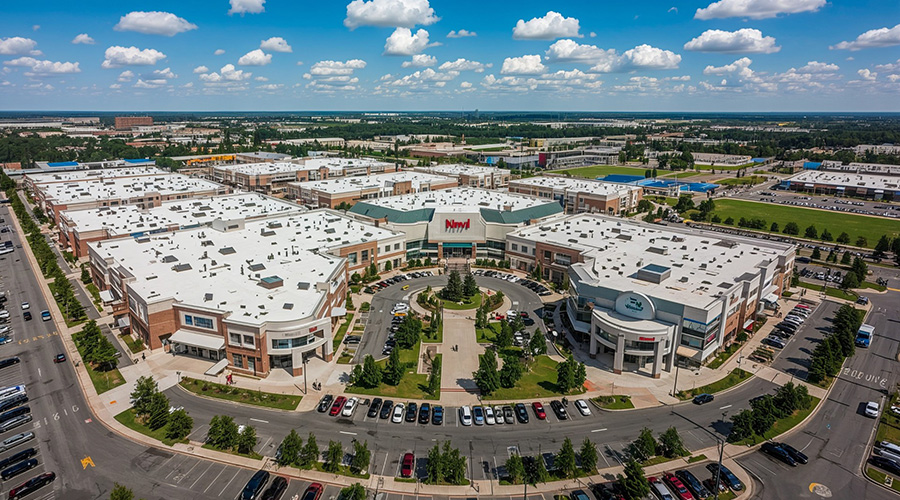As hospitals across the nation look for new and innovative ways to battle deadly pathogens and kill multi-drug resistant organisms that can cause Hospital Acquired Infections, Doctors Hospital at Renaissance Health System (DHR) has taken a leap into the future with the installation of seven Germ-Zapping Robots™ that destroy hard-to-kill bugs in hard-to-clean places. DHR is the first hospital in the Rio Grande Valley to tap into a technology that uses pulsed xenon ultraviolet (UV) light to quickly destroy bacteria, viruses, mold and other pathogens.
From doctors and staff to patients and visitors, hundreds of people enter a hospital daily, unknowingly escorting a host of contaminants and germs on their person. Enterovirus D-68, C. diff, MRSA, VRE – an alphabet soup of deadly pathogens lurk in the very place people go to get healthy. In demonstration of its commitment to keep patients safe, DHR has taken an important step into the future to zap dangerous superbugs and stop the spread of healthcare associated infections (HAIs).
The seven Xenex robots at DHR use Full Spectrum™ pulsed xenon UV light to quickly destroy harmful bacteria, viruses, fungi and bacterial spores. The portable disinfection system is effective against even the most dangerous pathogens, including Clostridium difficile (C. diff), norovirus, influenza, Ebola and methicillin-resistant Staphylococcus aureus, better known as MRSA.
“We aim to do everything possible to provide a clean environment at DHR to reduce the risk of hospital acquired infections,” said Dr. Carlos Cardenas, DHR Chief Administrative Officer. “We have long been recognized as South Texas’s leader in medical technology and highly specialized care, so it’s only fitting that we should employ the same level of technological innovation when it comes to removing the pathogens that can cause infections.”
Cardenas continues, “One hospital acquired infection is one too many, so we are excited to begin using the Xenex system to help us achieve our goal of zero infections. This investment is important and underscores our commitment to patient care and the communities we serve. Not only will these robots provide a cleaner environment for patients, but it also ensures an optimal environment for visitors and our employees.”
The Xenex Full Spectrum UV room disinfection system works by pulsing xenon, an inert gas, at a high intensity in a xenon ultraviolet flashlamp. This produces intense ultraviolet C (UVC) light which penetrates the cell walls of microorganisms, including bacteria, viruses, mold, fungus and spores. Their DNA is fused, rendering them unable to reproduce or mutate, effectively killing them on surfaces without contact or chemicals.
The portable Xenex system can disinfect a typical patient or procedure room in five minute cycles without warm-up or cool-down times. It can be used in any department and in any unit within a healthcare facility, including isolation rooms, operating rooms, general patient care rooms, contact precaution areas, emergency rooms, bathrooms and public spaces.
The Xenex Germ-Zapping Robot has been tested and proven using independent lab verification on the most common, dangerous and difficult-to-treat microorganisms. Most importantly, the Xenex system has been credited by health care facilities across the U.S. for helping them reduce their infection rates significantly. Xenex Germ-Zapping Robots are backed by published, peer-reviewed patient outcome studies. The devices are mercury-free, which is beneficial for the hospital and the local environment. More than 350 hospitals, Veterans Affairs (VA) and DOD facilities nationwide are using the system with the purpose of reducing rates of infection and saving costs. And it’s safe. Because the light is extremely intense, the machine operates on its own once it’s set up in a room. For enhanced safety, a sign placed outside the door warns people not to enter, and a motion sensor automatically shuts off the machine if someone should enter.
With germ-zapping robots on the EVS team, DHR is proud of its commitment to patient safety. Explains Director of Infection Control, Mary Lou Love, MSN, RN, “We already have a strong infection prevention program in place. This robot is helping us be more effective at eradicating the superbugs that pose a threat to patients, their families and our staff.”

 Healthcare Is the New Retail
Healthcare Is the New Retail Bridgeway Behavioral Health Services Launches Campaign to Renovate Health Center
Bridgeway Behavioral Health Services Launches Campaign to Renovate Health Center Ground Broken for New North Dakota State Hospital
Ground Broken for New North Dakota State Hospital AI Usage for Healthcare Facilities
AI Usage for Healthcare Facilities Ground Broken on Pelican Valley Senior Living Modernization Project
Ground Broken on Pelican Valley Senior Living Modernization Project